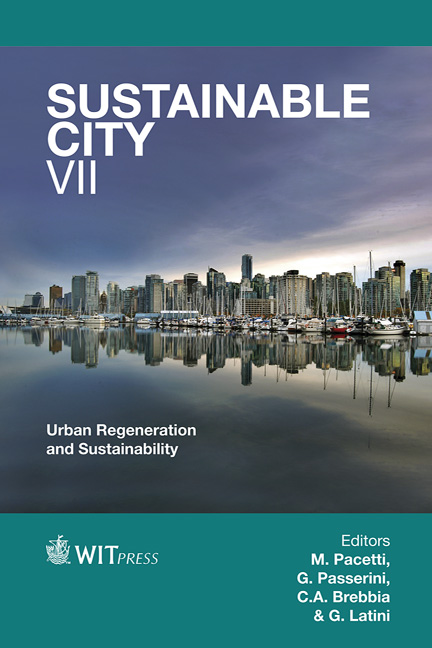Recycling And Treatment Of Construction Sludge
Price
Free (open access)
Transaction
Volume
155
Pages
10
Page Range
1129 - 1138
Published
2012
Size
2,410 kb
Paper DOI
10.2495/SC120942
Copyright
WIT Press
Author(s)
O. Murakami, T. Masuda, O. Hanada, T. Tamura, S. Kamao & M. Takezawa
Abstract
Construction sludge consists of fine-particle mud with a high water content. It is drained in the process of excavating underground and building projects, and falls under the category of industrial waste in Japan’s Waste Disposal Law. Many components of construction sludge can potentially be recycled. The government and local authorities in Japan regulate how much sludge should be recycled before it is hauled away to landfills or other sludge treatment facilities. Recently, there have been increasingly strident public calls for the regulation of natural sands to reduce resource impoverishment and promote natural conservation. Recycled natural resources including natural sands, recycled gravels, improved soils, and fluidization process soils using construction sludge were produced as the primary material. Recycled natural sands and gravels are materials contained in the construction sludge, which are then graded and washed. They are used for sand cushions and backfill material. Improved soils are recycled sands and viscous soils that have been washed and separated from construction sludge, with a chemical product added to enhance their performance. Fluidization process soils are high quality, stable materials derived from construction sludge. All of these materials meet the environmental quality standards of Japan’s Environmental Agency. Recycling is processing used materials into new products to prevent waste of potentially useful materials; reduce the consumption of fresh raw materials; reduce energy usage; reduce air pollution and water pollution from landfills by reducing the need for conventional waste disposal, and lower greenhouse gas emission as compared to virgin production. Recycling is a key component of modern waste reduction and is the third facet of the \“Reduce, Reuse, Recycle” waste hierarchy. It must be strived to use properly recycled resources. This study demonstrates an effective means of recycling
Keywords
construction sludge, recycle natural sand, improved soil, fluidization process soil, reclaimed soil





